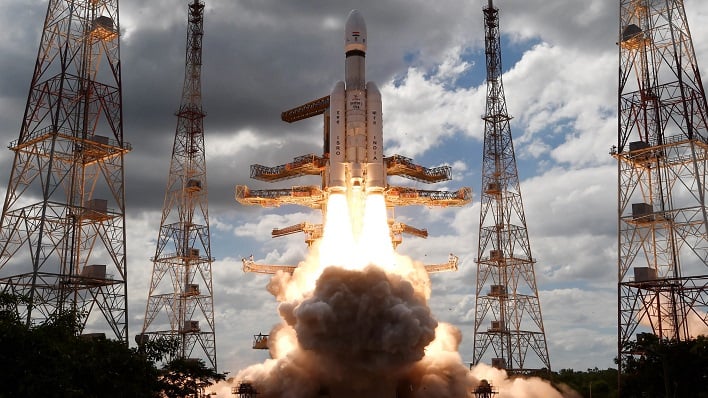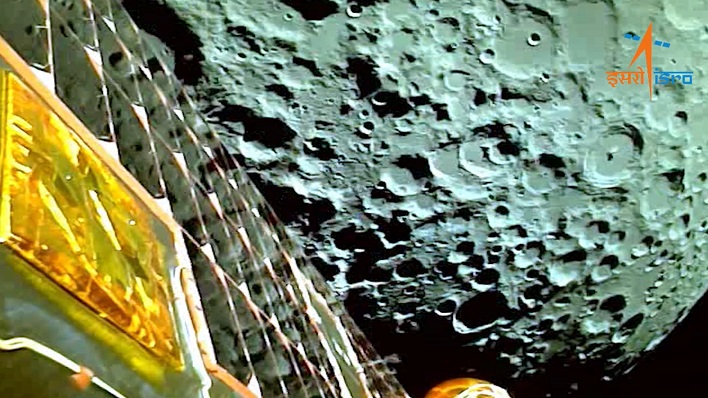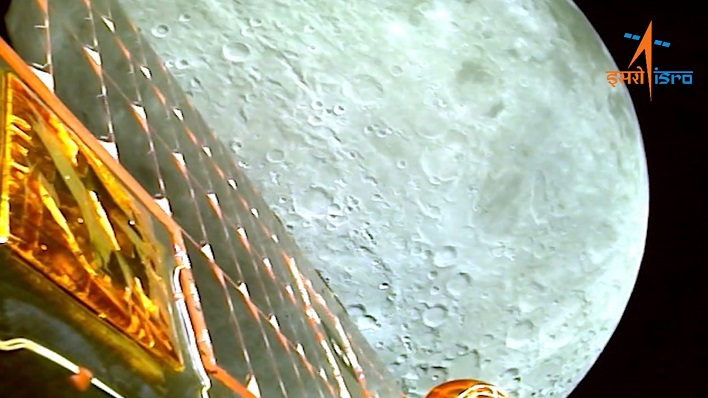Historic Chandrayaan-3 Moon Mission Sends Breathtaking Photos Of Lunar Surface

Chandrayann-3 launched on July 14, 2023, from the Satish Dhawan Space Centre in Sriharikota, India, and is made up of a lunar lander, propulsion module, and a rover. If the Indian spacecraft is able to successfully land on the moon, it would make India only the fourth country to land a spacecraft on the surface of the moon, with the other three being the United States, Russia, and China. However, before the lunar landing is attempted, Chandrayann-3 has sent back some stunning images of the lunar surface.
The images were shared by the official @chandrayann3 X (formerly known as Twitter) account. The video shared was made during the Lunar Orbit Insertion on August 5, 2023.
Following the spacecraft entering the intended lunar orbit, it sent back the message, "MOX, ISTRAC, this is Chandrayann-3, I am feeling lunar gravity."

Once the lander reaches the lunar surface, the six-wheeled rover will emerge in order to begin carrying out experiments for one-lunar day (about 14 Earth days). However, the rover's solar-powered sleep/wake-up cycle could provide enough power to last longer than planned.

"The rover is carrying five instruments which will focus on finding out about the physical characteristics of the surface of the Moon, the atmosphere close to the surface, and the tectonic activity to study what goes on below the surface," remarked ISRO Chief Sreedhara Panicker Somanath. He concluded, "I'm hoping we'll find something new."


